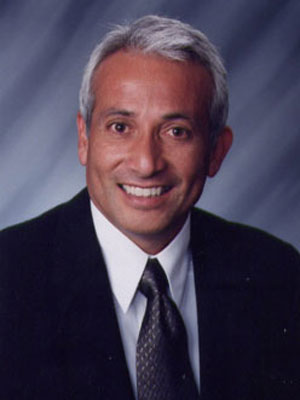How to Win at Slots

A slot is a time or space at an airport where airplanes land and take off. Airlines apply to the airport for a slot, and once granted, they are assigned a landing and departure time. The system keeps takeoffs and landings spaced out so that air traffic controllers can manage the flow of aircraft.
A winning slot strategy will be based on a combination of factors. The key elements are a slot’s return-to-player (RTP) rate, volatility, betting limits, and bonus game features. While going solely by the RTP rate isn’t the best call, years of experience have shown that a well-rounded strategy will benefit the player more than just one factor.
The first step in a good slot strategy is knowing the rules of the game. In the pay table, players will find the slot’s rules, including a summary of how to play, the number of paylines, and other information. Many slots also have an explanation of their special symbols and bonus features.
Another important rule is to stick to your bankroll. It is easy to get caught up in the excitement of a slot machine, but playing responsibly will keep your casino experience enjoyable. A great way to do this is by buddying up with a friend and agreeing not to spend more than an agreed upon amount. You can also try playing with coins rather than paper bills, which will extend your gaming time. Also, remember that every spin is an independent event. There is no such thing as a machine “getting hot” or being due for a jackpot.
The post How to Win at Slots appeared first on villagesanclemente.org.
Source: This article was originally published on Village San Clemente
About the Agent
Jim Flores is an accomplished real estate professional providing services as both agent and broker for over 13 years. His extensive knowledge of the Southern California real estate & mortgage market has allowed him to provide an outstanding level of client satisfaction to his clientele. As co-founder founder of Sea Sell Realty Jim is committed to personalized service. His goal is to exceed client needs by applying his expertise to all aspects of the real estate industry including sales, property management, consulting, training and real estate technology. For example, Jim’s use of technology benefits his clients by utilizing tools that make transactions client friendly: electronic signing, social media ads, paper less transactions and iPad essentials.



